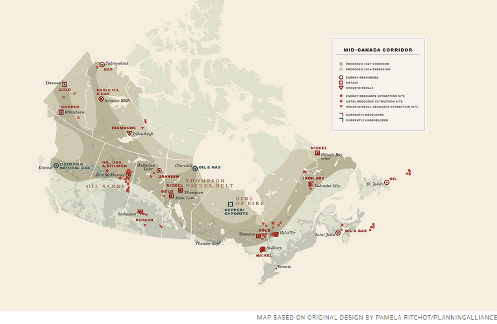The National Post is Canada’s second largest national paper.
CALGARY/TORONTO – The B.C. government slashed its tax rate proposal for its nascent liquefied natural gas industry in a bid to entice proponents to the West Coast, but some industry players still believe the province has not gone far enough to roll out the welcome mat.
Mike de Jong, B.C.’s finance minister, said he is confident the new rules introduced Tuesday are fair and balanced, but the province is not taking anything for granted. “These proponents have to make decisions worth billions of dollars, and there is still a lot of work to be done,” he said in an interview.
The new Liquefied Natural Gas Income Tax Act would tax an LNG project at a rate of 1.5% when production begins, rising to 3.5% after capital costs are recovered. That rate will rise to 5% after January 1, 2037 — when the government expects the LNG industry will be well established within the province.
“We believe this overall framework strikes the right balance between a competitive and economic environment and a fair return to British Columbians,” Mr. de Jong said in statement announcing the tax.
In February, B.C. floated the idea of a two-tiered tax system for proposed LNG projects, which super-cool natural gas into its liquid state for export off the coast. In addition to adding a third tier, the province Tuesday reduced the rate at which it would tax a project’s net income.
























